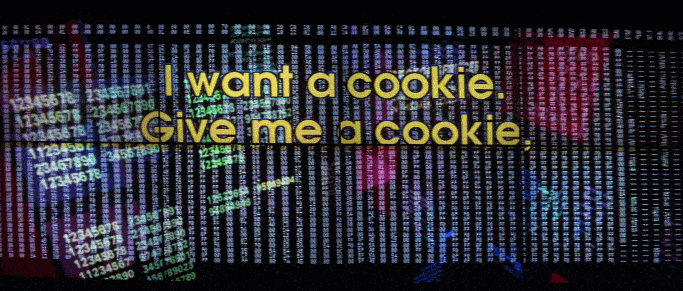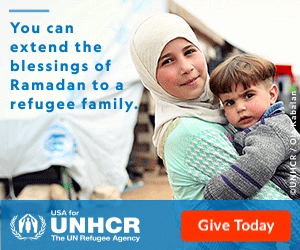
When Google announced it was banning third-party tracking cookies beginning in 2022 (or 2023?), I do what I always do in a crisis: I started baking cookies. It’s soothing, it’s delicious, and in this case it felt very appropriate. Then I did the other thing I do in a crisis: I talked to my very smart colleagues about what we’re going to do about this major new marketing challenge.
Here’s what we came up with:
First, a little scene setting. Every time you visit a website, a little piece of code, called a “cookie,” is appended to your web browser. Marketers like me use those cookies to personalize your experience in the future. When I add some baking sheets to my cart, forget about them, and return to the site a week later to find them waiting in my cart, I have cookies to thank. When King Arthur Flour chases me around the internet with ads reminding me of those rolling pins I was browsing, I have cookies to thank. And when Nestle targets me with ads for chocolate chips because, let’s face it, I am probably in the market, I also have cookies to thank.
Losing third-party cookies on Google means marketers lose the ability to understand and connect with a nonprofit’s supporters and prospects in the same way. And it’s one of many changes being rolled out in the name of privacy that dramatically change how nonprofit marketers do their work.
Some of my colleagues are already experimenting with new data tools that will allow us to deliver targeted content even without cookies. But as we figure out new ways to target supporters in this new landscape, we’re taking a good look at the creative we’re running as well. It’s one of the best tools we have to build authentic relationships with supporters and deliver them content that is relevant and tailored to their interests—cookies be damned.
The obvious use cases come to mind: without the benefit of more granular targeting, creative needs to stand out—either by building on a familiar trope, like Planned Parenthood’s co-opting of iPhone notifications, or by being so striking it stops you in your tracks, like this example from NRDC.

[spacer height=”20px”]Yet you can also use your creative to deliver content that feels just as customized as it did pre-cookiepocolypse.
Values-based statements like this example from WWF tap into shared beliefs and attitudes, resulting in a concept that feels very personal and specific to the person who sees it (and the very pointed eye contact from some of the critters in the ad can’t hurt either).
[spacer height=”20px”]Speaking to specific moments in the calendar can also create a sense of relevance and timeliness, like this concept USA for UNHCR developed for Ramadan this year:

Or, your creative can pull in newsworthy moments, like Amnesty International recently did. The use of a BBC News article provides validation for Amnesty’s work and the immigration detention crisis. But this headline is likely something Amnesty supporters and prospects are seeing elsewhere—creating an echo chamber that, again, makes it feel as if this ad was customized just for them.

Drop a line in the comments if you’re experimenting with your creative to prepare for a cookie-less future. I’ll also accept favorite cookie recipes—here’s one of mine.



